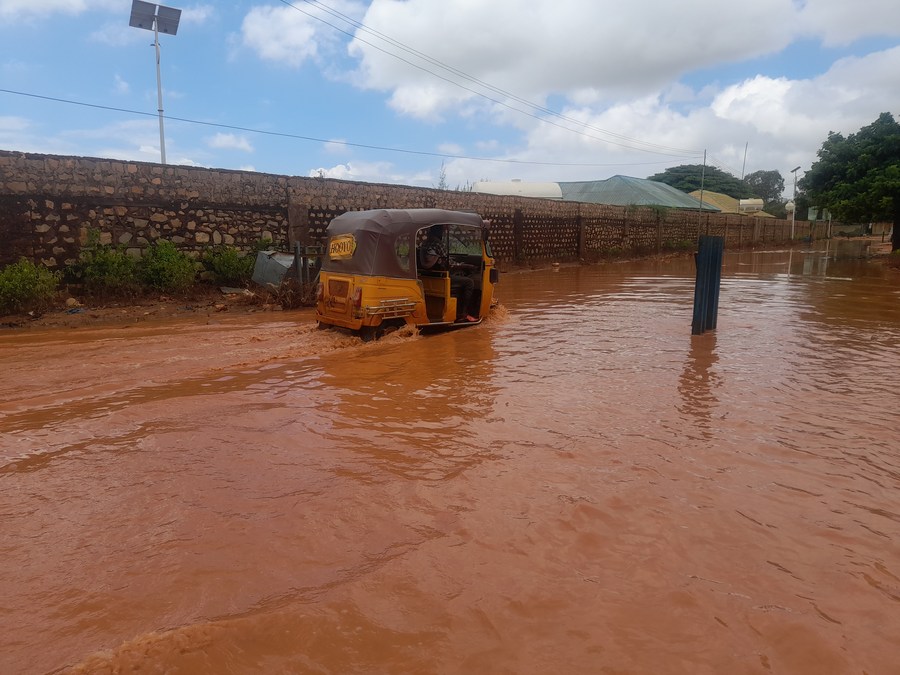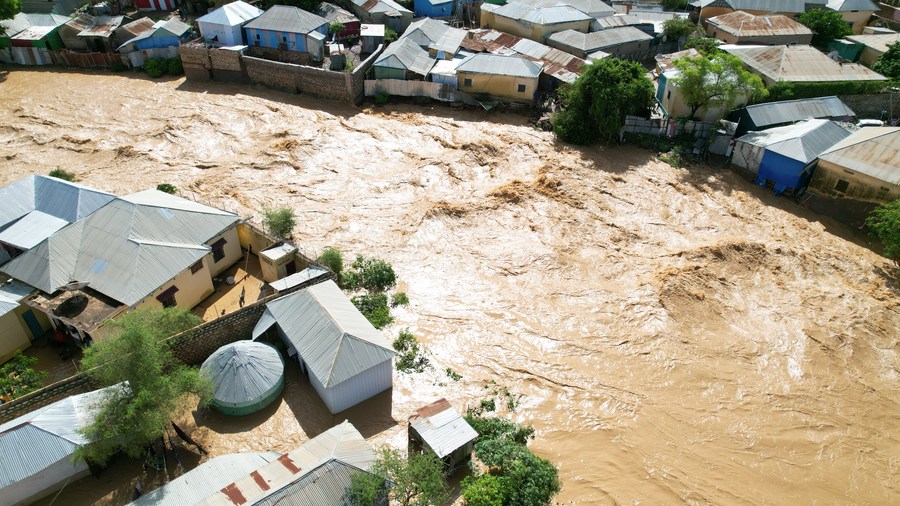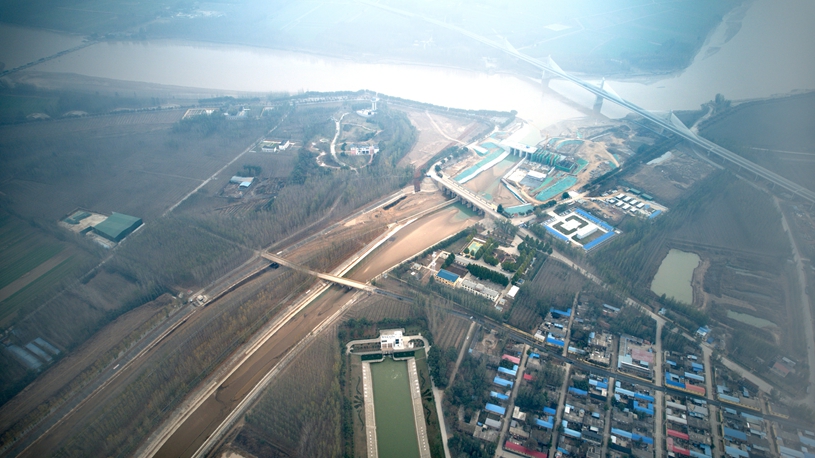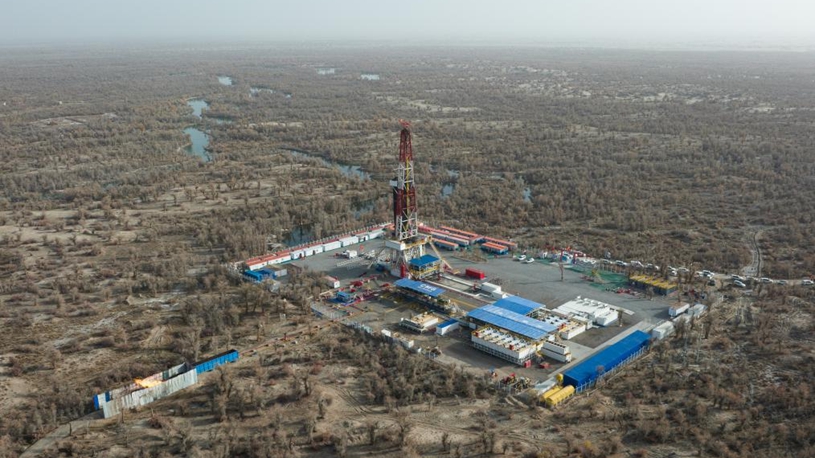
This photo taken on Nov. 13, 2023 shows a three-wheeler tuktuk driving in a flooded street in Baidoa town, Somalia on Nov. 13, 2023. (Photo by Luqman Yussuf Hassan/Xinhua)
Floods caused by heavy rains that started early October in Somalia have killed 50 people and displaced more than half a million others, the country's national disaster agency said.
MOGADISHU, Nov. 18 (Xinhua) -- Floods caused by heavy rains that started early October in Somalia have killed 50 people and displaced more than half a million others, the country's national disaster agency said.
Somalia Disaster Management Agency (SoDMA) said the torrential rains have also caused landslides and flash floods in other parts of Somalia, destroying crops and livestock.
"The floods in the country have killed 50 people and displaced more than half a million citizens," SoDMA Commissioner Mohamed Moalim told journalists in Mogadishu, the capital of Somalia, Thursday evening.
Moalim said the agency has dispatched a relief cargo plane to Bardhere district in southern Somalia to help victims of floods amid United Nations warnings that widespread displacement, increased humanitarian needs and further destruction of property are expected.
The UN Office for the Coordination of Humanitarian Affairs (OCHA) said that 1.24 million people have already been affected by heavy rains and flooding, and more are expected.
The UN and its partners estimate that 1.6 million people could be affected by flooding in the current deyr (October to December) rainy season, and 1.5 million hectares of farmland could be destroyed.
Increased rainfall is forecast due to a concurrence of El Nino conditions and a positive Indian Ocean Dipole phenomenon.

The aerial photo shows partially submerged houses in Baidoa town, Southwest State of Somalia, on Nov. 6, 2023. (Photo by Hassan Abdi/Xinhua)
According to a flood advisory released Monday by Somalia Water and Land Information Management, which was managed by the Food and Agriculture Organization of the United Nations, flooding was reported along the entire Juba River with increasing magnitude at Bardhere and downstream at Saakow and Bualle.
Along the Shabelle River, flooding was reported with increasing magnitude at Beledweyne and moderate magnitude at Balcad.
The UN projects a flood event of a magnitude statistically likely only once in 100 years, with significant anticipated humanitarian impacts.
The OCHA said that while all possible preparatory measures are being pursued, a flood of this magnitude can only be mitigated and not prevented. ■











